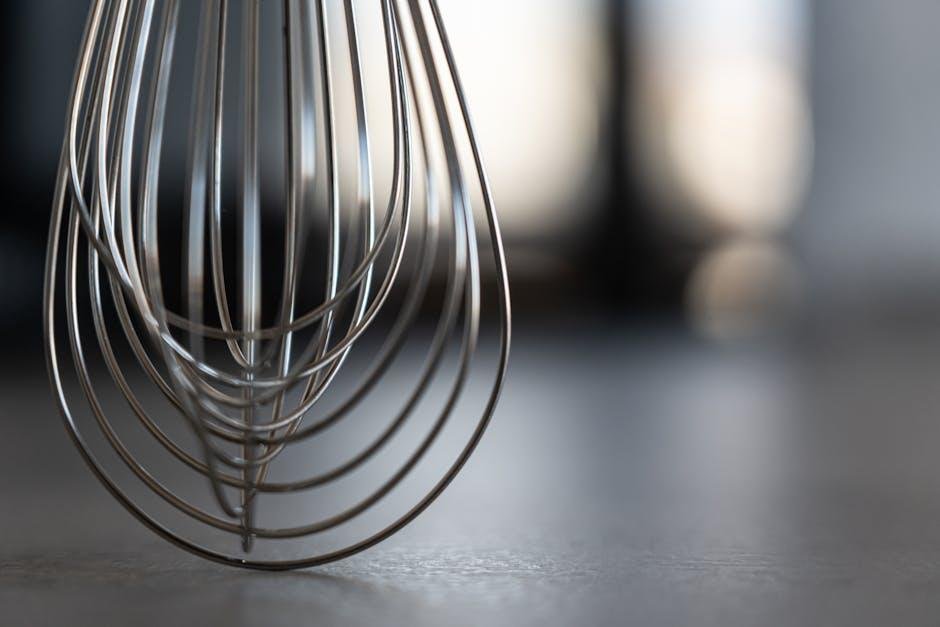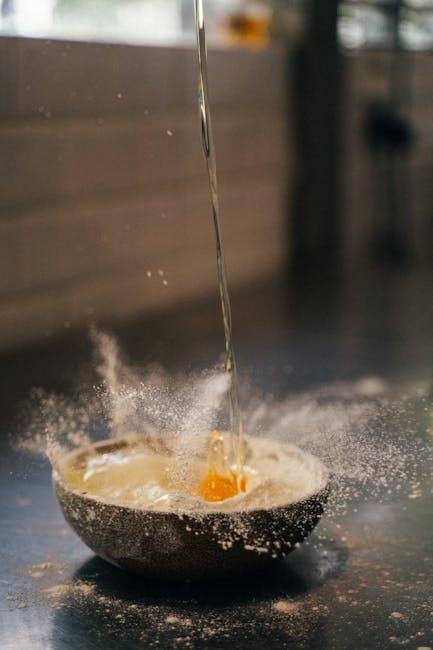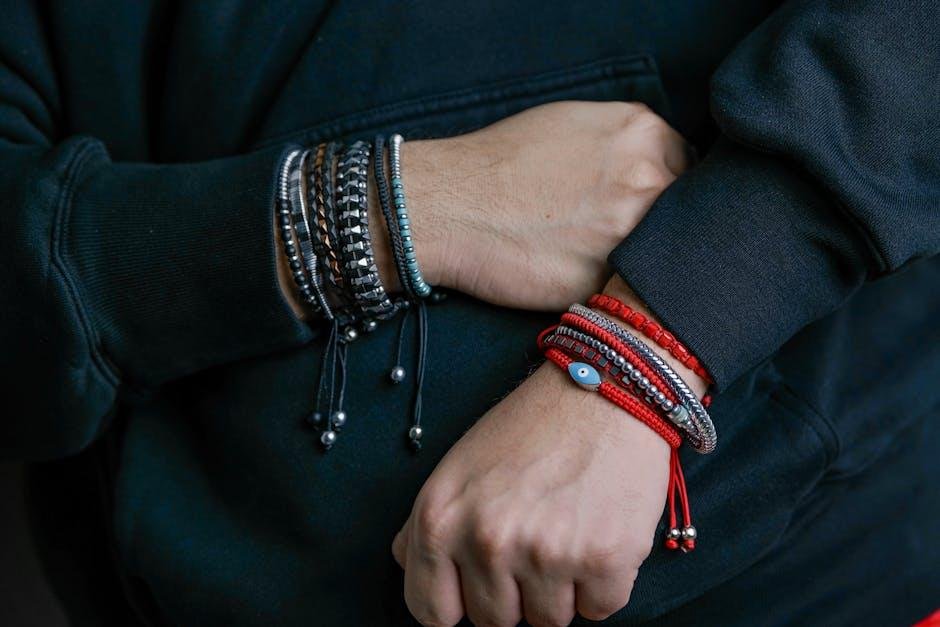Mixing Metals: Do’s and Don’ts
In a world where design possibilities are as expansive as the imagination,the allure of mixing metals beckons to both professionals and DIY enthusiasts alike. The juxtaposition of silver, gold, bronze, and copper can create a rich tapestry of texture and sophistication that breathes life into any space. However, like all artistic endeavors, there are nuances and guidelines to consider when blending these materials. Navigating the delicate balance between complementary and clashing elements is key to mastering this trend. In this article, we’ll explore the essential do’s and don’ts of mixing metals, equipping you with the knowledge to create a harmonious and visually striking habitat that celebrates the beauty of diversity in design. Whether you’re revamping your living space or looking to refine your jewelry collection, understanding the art of metal mixing will open doors to endless creative possibilities.
Embracing Contrast: The Allure of Mixing metals in design
Incorporating varying metals into your design scheme creates a dynamic aesthetic that elevates both functionality and style. By embracing materials such as gold, silver, brass, and copper, you can develop layers of texture and warmth in your space. To achieve a cohesive look, consider the following tips:
- Balance is Key: Aim to maintain an equilibrium between the metals used, ensuring that one does not overpower the others.
- Common Element: Introduce a shared component, like a glass or wood piece, to tie the metals together seamlessly.
- Vary the Finish: Mixing matte, brushed, and polished finishes adds depth and interest to your design.
However,there are certain pitfalls to avoid to ensure a visually appealing outcome. Striking the right balance is essential, as an overabundance of contrasting metals can lead to visual chaos. Consider these common mistakes:
- Too Many Metals: Limit your palette to three main metals to avoid clutter.
- Ignoring the Color Temperature: pair warm metals with warm and cool metals with cool to maintain harmony.
- Neglecting Scale: Be mindful of the size of your pieces; small accents can easily get overwhelmed by larger ones.

Balancing Act: Harmonizing Colors and Finishes for Impact
Creating a visually appealing space ofen hinges on how well colors and finishes are harmonized. When mixing metals, it’s crucial to consider the overall color palette of your environment.Aim for a blend that creates contrast without overwhelming the senses. For example, pairing a warm brass finish with cooler silver tones can add depth and sophistication, while incorporating neutral colors can help unify the look. When selecting your hues, remember the following:
- Stick to a cohesive color palette: Choose a base color and let metallics accentuate it.
- Consider undertones: Warm metals like gold and brass work well together, while cooler tones like chrome and nickel complement each other.
- Mix textural elements: A matte finish can tone down shiny metals and create an engaging dynamic.
In the quest for harmony, the variety of finishes can either elevate your design or create chaos. Striking a balance with mixed metals involves recognizing visual weight—some finishes appear heavier than others. For instance, a dark iron fixture may feel significant when paired with a lighter brushed gold. An effective way to navigate your choices is to employ a simple guide:
| Metal Type | Best Pairings | Don’t Pair With |
|---|---|---|
| Brass | Matte Black, White | Polished Chrome |
| Chrome | Nickel, Glass | Brass |
| Antique Bronze | Gold, Wood Tones | Bright Silver |
By mindfully selecting complementary metals and maintaining a sense of balance through color and finish, you’re poised to create a space that is both vibrant and visually cohesive. Ultimately, the key lies in embracing the art of mixing while adhering to principles that guide your design approach.

Avoiding Common Pitfalls: Key Mistakes to Prevent in Metal Mixing
When it comes to mixing metals, being aware of the common mistakes can save you time and resources. First and foremost, it’s crucial to understand the compatibility of the metals you plan to combine. Failing to conduct proper research on the melting points, chemical properties, and physical characteristics can lead to unexpected outcomes. For instance, mixing metals with significantly different melting points can cause one to burn away while the other remains unaltered. Additionally, ignoring proper alloying procedures—such as pre-heating or using the right flux—can result in insufficient bonding and structural weaknesses.
Another frequent error is disregarding the importance of cleanliness and preparation. Metal surfaces must be free of contaminants like oils, dirt, and oxidation before mixing. This is critical to ensure a strong metallurgical bond. Neglecting this step frequently enough leads to poor adhesion and compromised integrity of the final product. Furthermore, overlooking safety precautions is a serious concern; always make sure to wear appropriate protective gear and work in a well-ventilated area. To visualize some of these pitfalls, consider the following table:
| Common Mistakes | Consequences |
|---|---|
| Mixing incompatible metals | structural failure |
| Ignoring preparation steps | Poor adhesion |
| Not considering safety | Injuries |

accessorizing Wisely: How to Layer Metals for Cohesion
When it comes to layering metals, the key lies in creating a harmonious look that reflects your personal style. Start by choosing a base metal that suits your complexion and complements your outfit. Consider the following tips for a cohesive ensemble:
- Mix finishes: Combine matte and shiny metals to add depth.
- Stay within a color palette: Stick to warm or cool tones for a unified look.
- Vary the sizes: Play with different lengths and widths to create visual interest.
Along with these tips, understanding the scale and proportion of each piece is essential. Aim to balance larger statement items with simpler, delicate pieces. Incorporating a structured approach can make your accessories sing. Keep these principles in mind:
| Layering Techniques | Description |
|---|---|
| Short & Long | Mix shorter necklaces with longer pieces for dimension. |
| Chunky & Dainty | Pair bulky bracelets with thin bangles for contrast. |
| Color Blocking | Choose metals in coordinated colors for a bold statement. |
In Retrospect
In the world of design and decor, the marriage of metals can lead to a symphony of style or a cacophony of chaos. As we’ve explored the essential do’s and don’ts of mixing metals, remember that the key to a harmonious blend lies in balance, intention, and a touch of creativity. Embrace the charm of contrasts, allowing warm tones to dance alongside cool hues, while being mindful of scale and texture.
Whether you’re adorning your living space, curating a jewelry collection, or crafting a statement outfit, the principles discussed can serve as your guiding stars. Trust your instincts, experiment with confidence, and don’t shy away from breaking the rules when it feels right. After all, the beauty of mixing metals lies not only in their aesthetic potential but also in the personal narrative they weave within your style. So go forth and forge new connections between metals, celebrating the art of eclectic sophistication that is uniquely yours. Happy mixing!



